Blog
Explore the Power of Lithium Innovation
Stay updated with the latest trends, technologies, and application insights in the world of lithium battery solutions
Search the whole station
Explore the Power of Lithium Innovation
Stay updated with the latest trends, technologies, and application insights in the world of lithium battery solutions
How Many Amp is 18650 Battery?
So, here’s the thing… as portable electronics and small energy storage stuff become super common, 18650 batteries are everywhere. Seriously, they’re popular because, well, they just perform really well. Now, if you’re the type who cares about battery performance (like me), understanding “how many amps a 18650 battery can deliver” is actually super useful. It helps you pick the right one for your gadget and avoid headaches later.
This article digs into the current specs of 18650s from multiple angles—basic ideas, types of current, what affects them… the whole shebang.
First off, when people talk about the “amp” of a 18650, you gotta separate two things: capacity and discharge current.
Here’s the practical bit… I once tried using a low-discharge battery in a power tool. Big mistake. Electric tools need a ton of current at startup, otherwise they just crawl. On the flip side, small desk lamps don’t care as much—they just want capacity for longer runtime. Makes sense, right?

Here’s how I usually think about it:
This is the steady current a 18650 can output over a long period. Standard cells usually manage 0.5A to 1A. That’s enough for devices with low, stable power needs—think smart wristbands, remotes… stuff that doesn’t freak out if you pull a little juice.
Now, pulse is interesting… this is the short burst current, usually milliseconds. High-rate 18650s can hit 15A to 30A. You’ll see why if you mess with drones or electric toys—they need this burst during rapid moves or sharp turns. I’ll admit, I underestimated this once, and the little drone just didn’t climb right until I switched to a high-pulse cell.
This is basically the absolute peak a battery can deliver. And yes, it’s tempting to push it… but don’t. Using it long-term like that will fry the battery fast and is just unsafe. Learned that the hard way.

Honestly, a lot affects how much current these cells can handle:
Operating Environment: Temperature is sneaky. Cold = higher internal resistance, less current. Hot = more current but battery ages faster. I try to stick to 0℃ to 45℃. Outside that? Yeah, you’ll see weird behavior.
Battery Materials and Structure: Cathode stuff (LiCoO₂, LiFePO₄), anode material, internal electrode design… they all matter. Better conductivity and ion flow = higher discharge.
Manufacturing Process and Brand Quality: I’ve noticed top-tier brands nail the internal resistance and electrode consistency, letting the battery handle higher currents without drama. Cheap ones? Sometimes unstable discharge… a headache if you need reliability.
Operating Environment: Temperature is sneaky. Cold = higher internal resistance, less current. Hot = more current but battery ages faster. I try to stick to 0℃ to 45℃. Outside that? Yeah, you’ll see weird behavior.

Here’s where the “real world” thinking kicks in:
From my experience, picking a battery isn’t just reading specs. Think about:
Getting a solid grasp of 18650 battery currents really helps you take control of your device performance and procurement. Honestly, whether you’re sourcing for electronics or building an energy storage setup, knowing these details can save you a lot of headaches.
And yeah… if you ever need batteries or have technical questions, feel free to reach out—I’ve been there, I know the pain points.
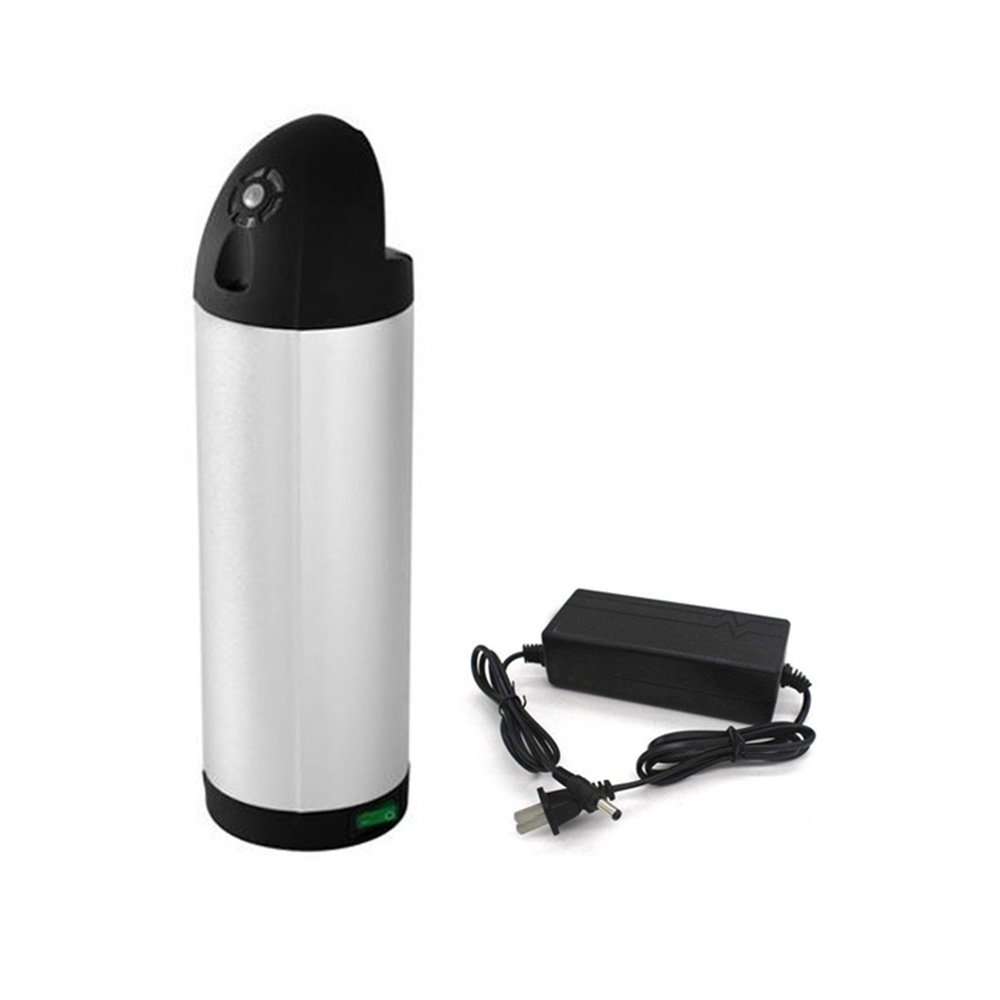
High-performance 36V 10Ah water bottle lithium battery for electric bikes. Lightweight 3.5kg, fast charging in 1.5–2 hours, safe & durable with up to 500 cycles. Ideal for commuting and long rides.
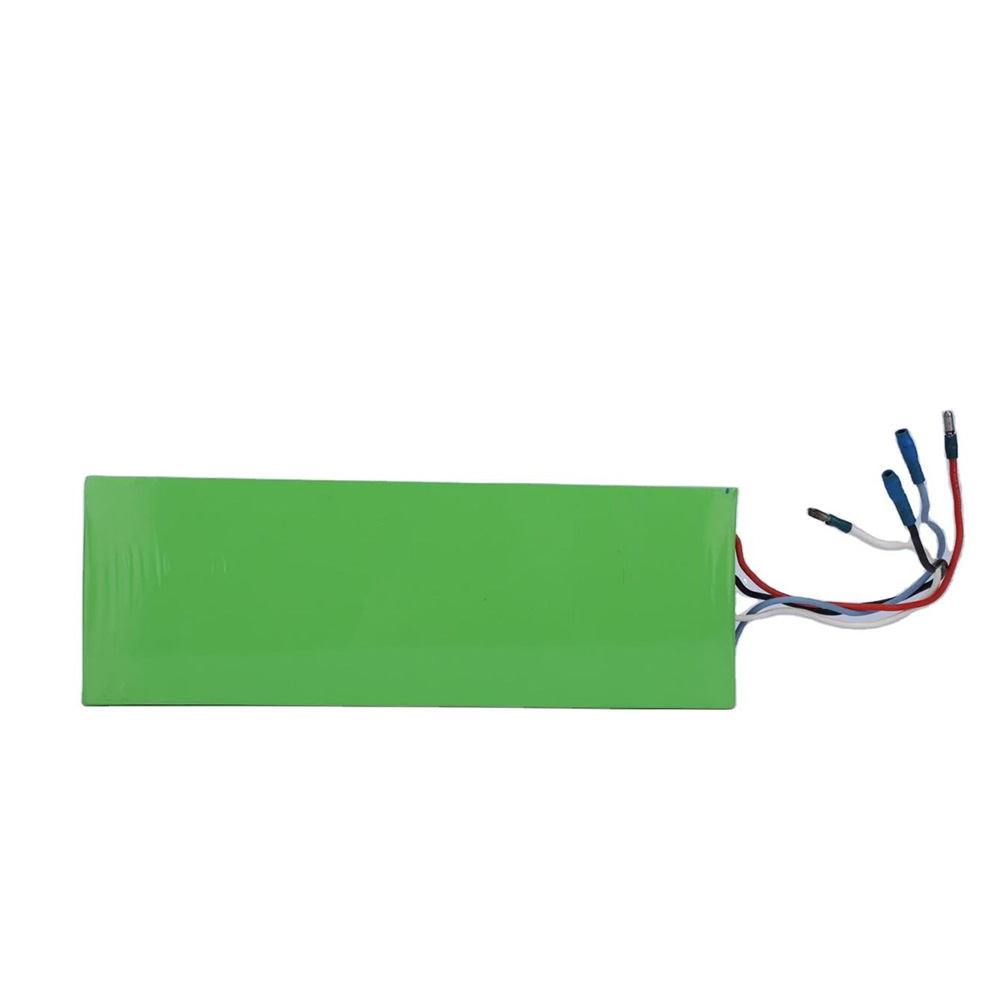
high-performance 18650 Battery 4000mAh, offering stable 24V power and deep cycle support. Perfect for electric scooters, power tools, and energy storage systems. Built-in safety protections ensure long-lasting, reliable performance.
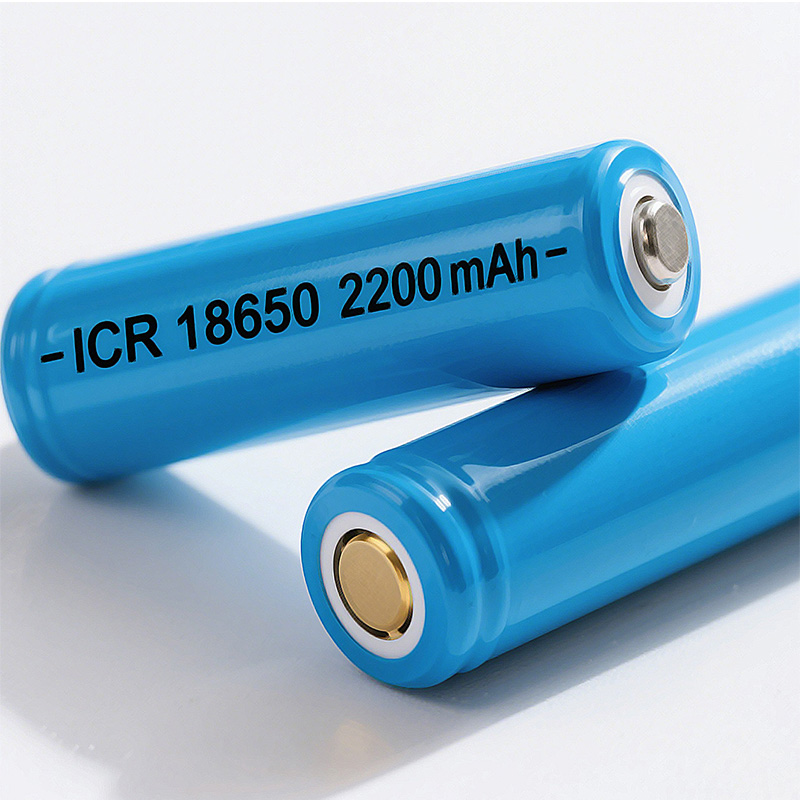
Wholesale ICR 18650 2200mAh 3.7V lithium batteries with optional customized packs. Supports external wiring and various wire leads to meet your project-specific needs.

18650 3.7V 1500mAh lithium-ion rechargeable batteries from China, ideal for flashlights, power banks, electric tools, and more. High capacity, long cycle life, full safety features, and customizable OEM/ODM services. Fast global shipping available.

Top-quality 18650 3.7V 3000mAh lithium-ion batteries ideal for electric scooters, power tools, cameras, and more. Long cycle life, stable performance, and customizable options. Fast shipping worldwide. OEM & ODM services available.
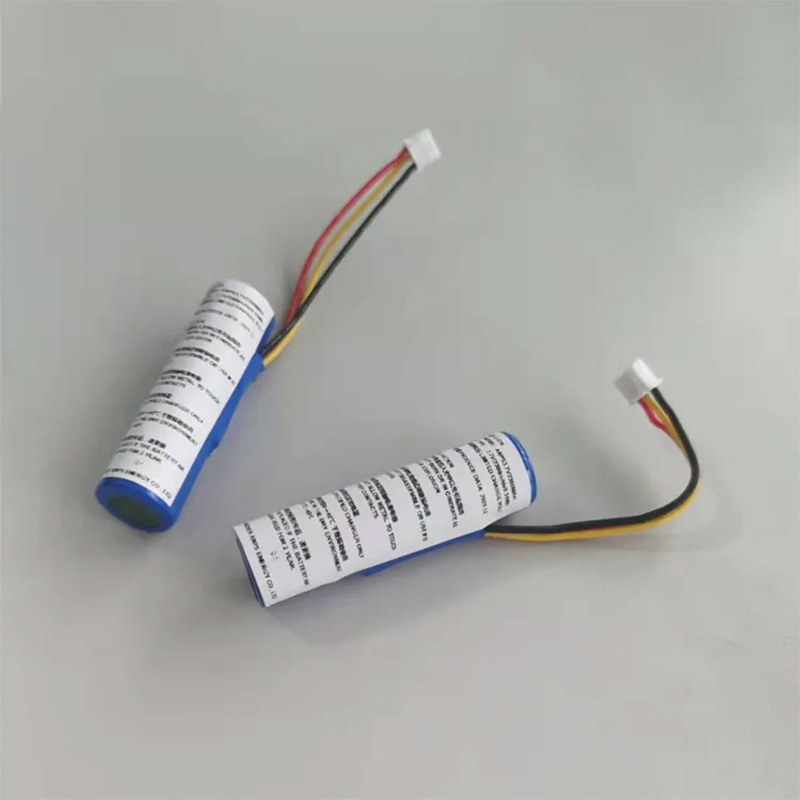
High-quality 18650 3.7V 2300mAh lithium ion batteries perfect for flashlights, vape mods, electric scooters, and power banks. Long cycle life, built-in safety features, and flexible OEM/ODM customization available. Fast shipping and competitive pricing for wholesale buyers.
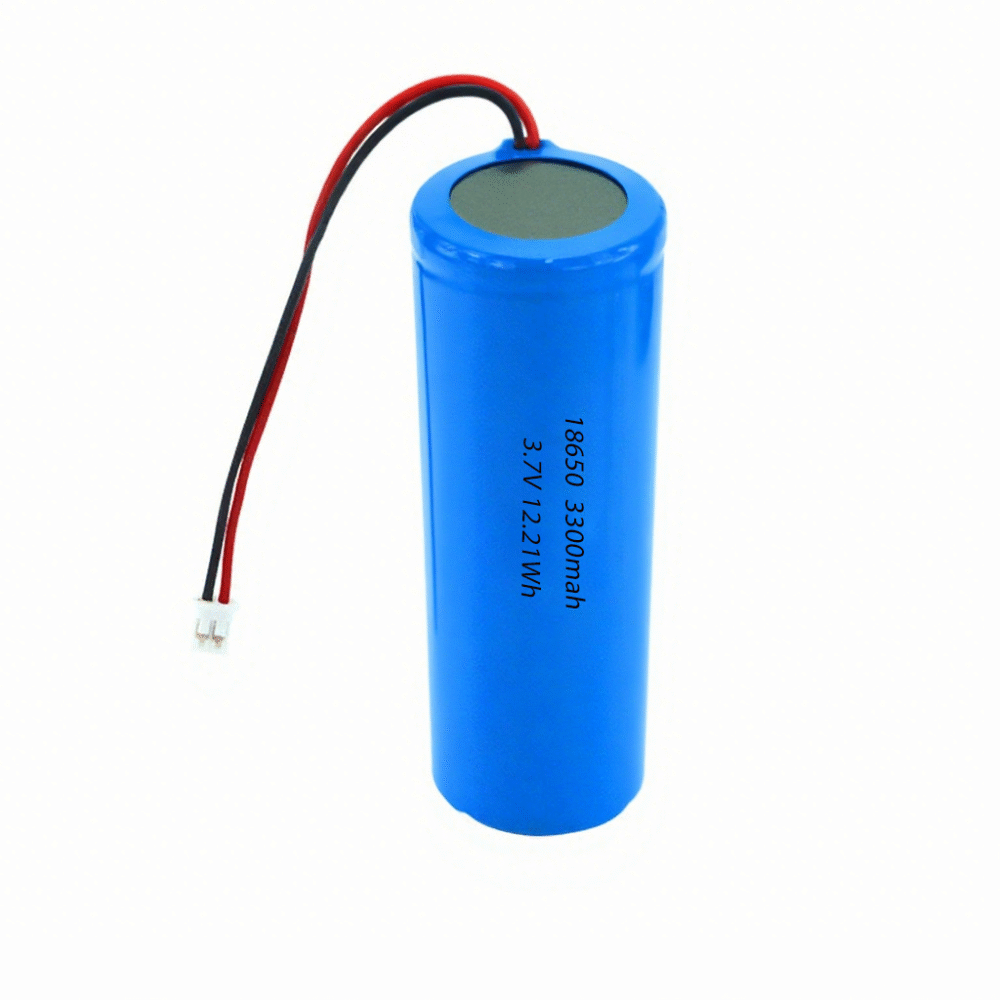
Buy high-quality 18650 3.7V 3300mAh rechargeable lithium-ion batteries ideal for smartphones, tablets, power banks, and electronic devices. Durable, safe, and customizable with built-in protections. OEM & ODM services available. Fast shipping for wholesale orders.

China-made 18650 2000mAh 3.7V lithium-ion batteries, perfect for laptops, power tools, and electric vehicles. Reliable, safe, rechargeable with customization options. Wholesale pricing and fast delivery.
Discover the real performance of 2600mAh 18650 3.7V rechargeable batteries — from capacity truth to protection circuits and practical usage tips. Learn how to choose reliable lithium-ion cells for your projects without falling for misleading specs.
View detailsDiscover the role of wholesale prismatic cells in modern energy storage. Learn their advantages, applications, and why they’re key to electric vehicles, home storage, and backup systems.
View detailsadvantages of 18650 lithium batteries and why buying wholesale from manufacturers ensures high energy density, long cycle life, reliable safety, and cost-effective solutions. Learn how to choose the right supplier for your business.
View detailsFrom flashlights to DIY battery packs, I rely on 18650 4000mAh batteries for longer runtime—but only if you know how to verify real capacity and match discharge rates.
View details
HelloPlease log in